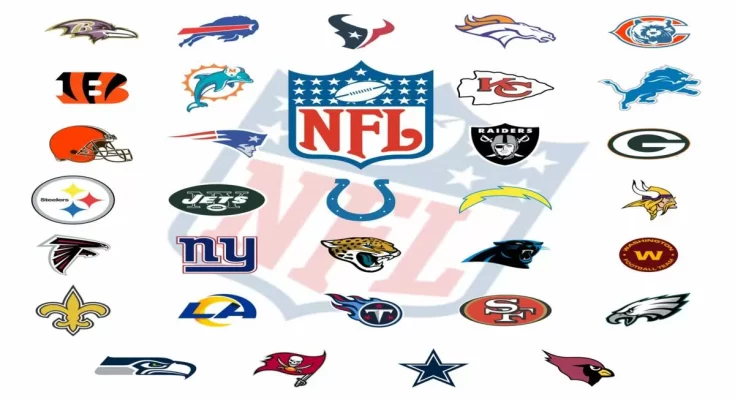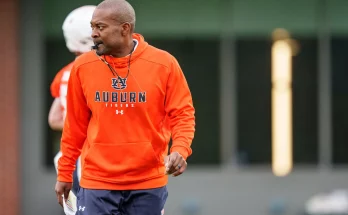According to reports, NFL teams received a league revenue-sharing contract for a record $432.6 million.
Each of the NFL’s 32 teams received an unprecedented $432.6 million in league revenue-sharing for the 2025 fiscal year. That represents a sharp increase from $402.3 million the year before and reflects a total payout exceeding $13 billion across the league
This massive surge was confirmed through the Green Bay Packers’ annual financial report—one of the few teams required to publicly disclose such details. Their report showed that this revenue came primarily from TV and streaming rights, which now make up around 60% of the NFL’s income
Packers president Mark Murphy expressed amazement at the league’s continued financial growth. He noted that national deals are climbing about 7% per year, and the NFL’s focus on streaming, along with traditional broadcast agreements, is fueling forward momentum
The impact of this new high is significant: more funds for player salaries, team facility improvements, and overall investment in the game. It also underlines how dominant and popular the NFL has become in the landscape of live sports



